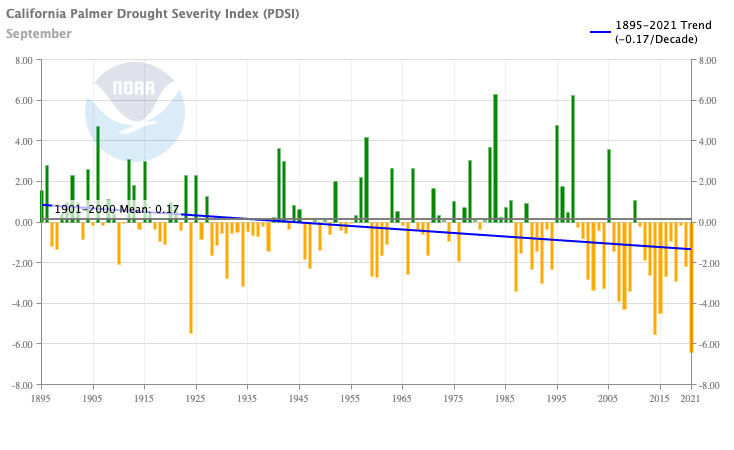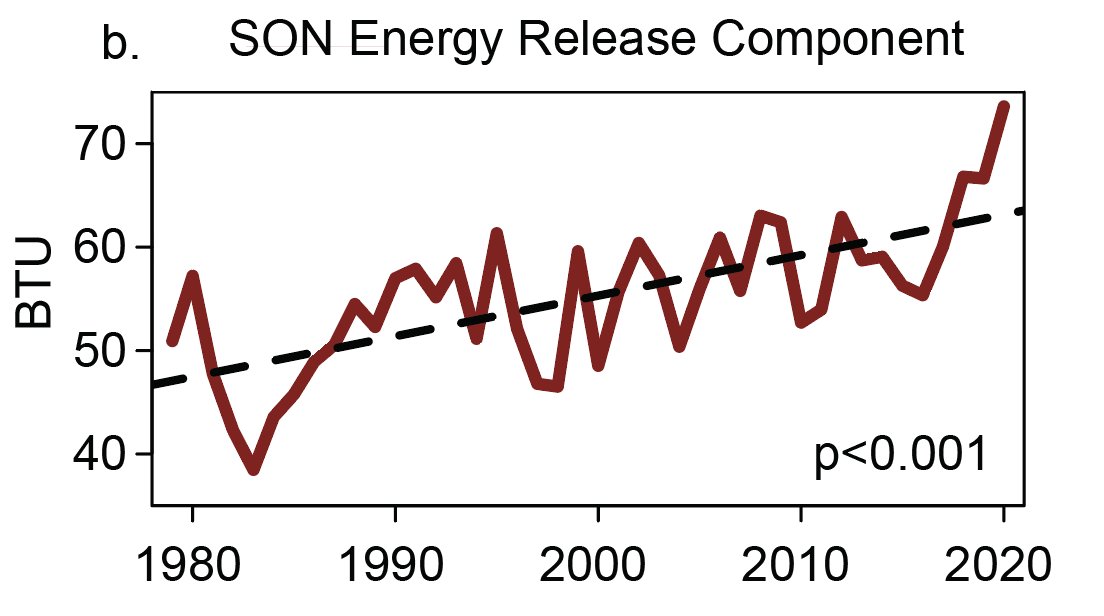
California, on statewide basis, is now experiencing its worst drought in observational record going back to late 1800s--narrowly beating out peak of last drought in 2014-15 (as measured by PDSI, a metric that takes into account both precip & temperature). #CAwx #CAfire #CAwater 

There is a clear trend toward increasing aridity in California--and yet little trend in mean precipitation. How can this be? A very strong warming trend due to #ClimateChange means same the amount of water falling from sky just doesn't go as far as it used to. #CAwx #CAwater 



We explored this phenomena in research published in 2015 (finding that rising temps are the main factor behind increasing CA drought severity):
pnas.org/content/112/13…
and 2018 (increasing "precip whiplash" despite little change in mean):
nature.com/articles/s4155…
#CAwater #CAwx
pnas.org/content/112/13…
and 2018 (increasing "precip whiplash" despite little change in mean):
nature.com/articles/s4155…
#CAwater #CAwx
*phenomenon.
Another even clearer way to look at this with slightly less noisy data: the 1-month September 2021 PDSI value was far lower than any previous value since at least the late 1800s. #CAdrought #CAwater #CAwx 

• • •
Missing some Tweet in this thread? You can try to
force a refresh













